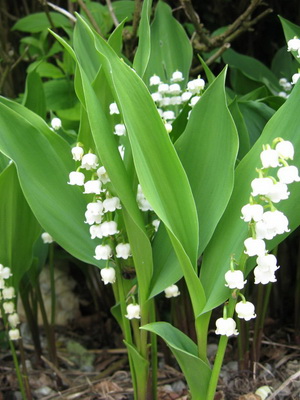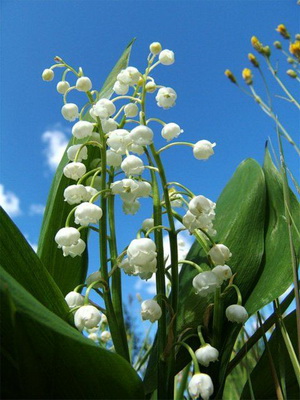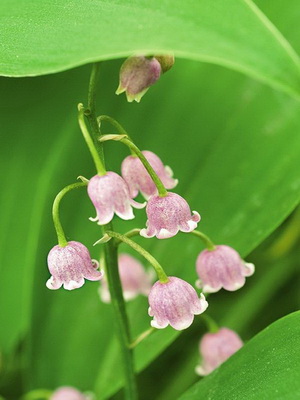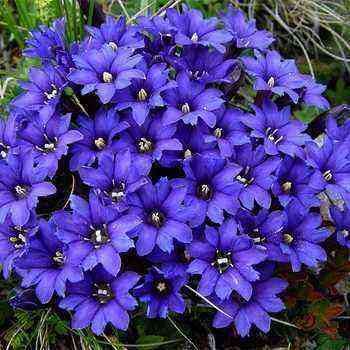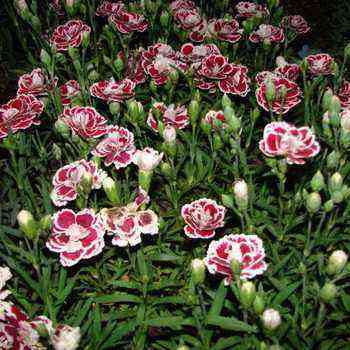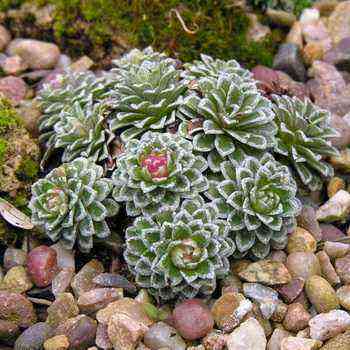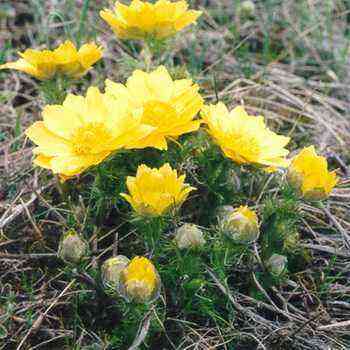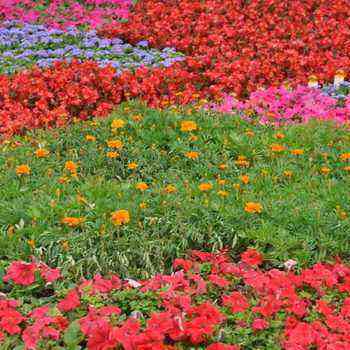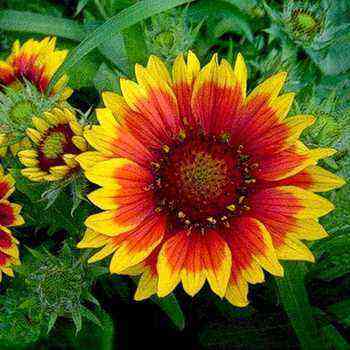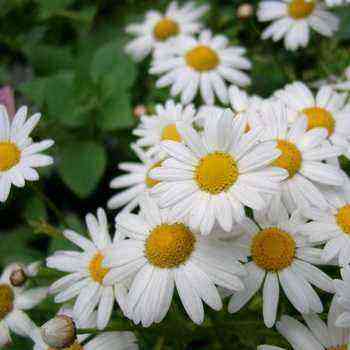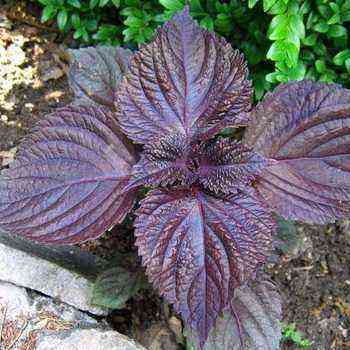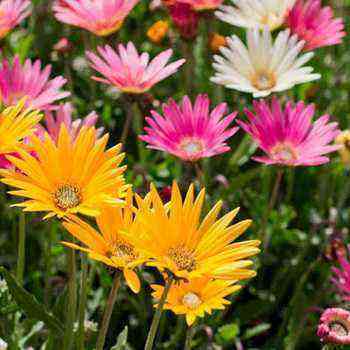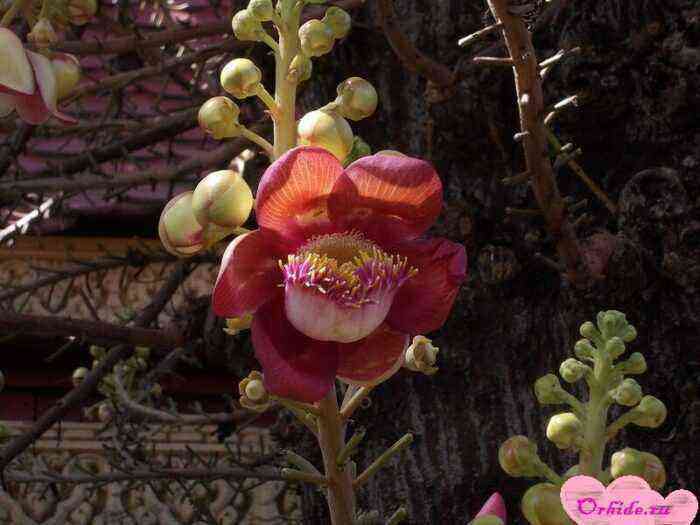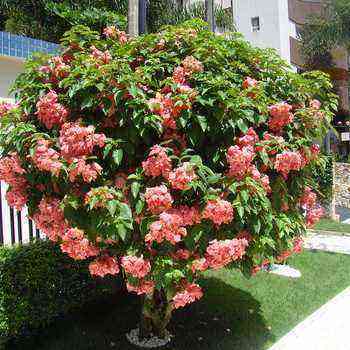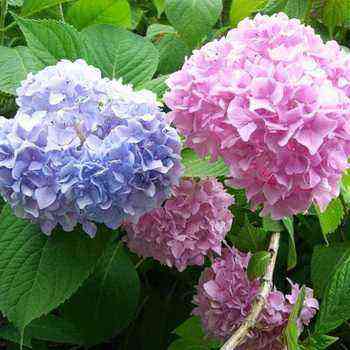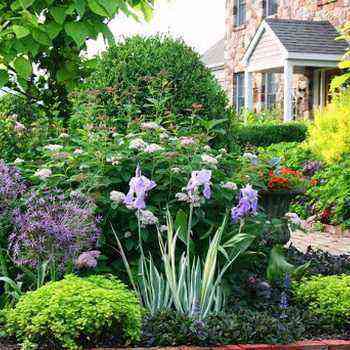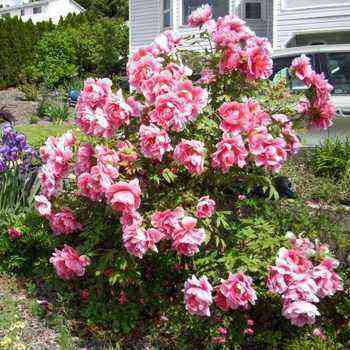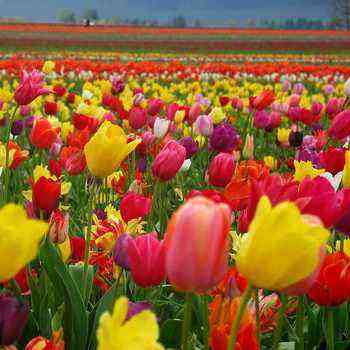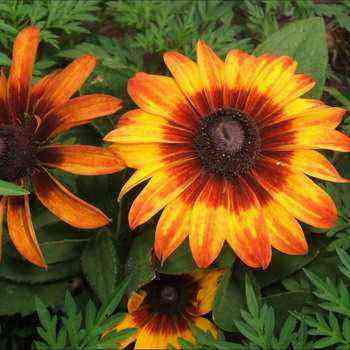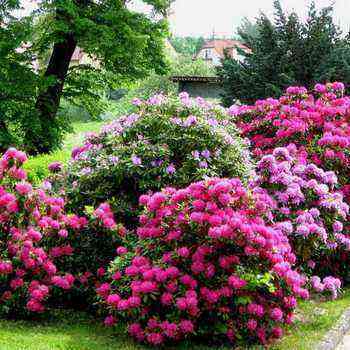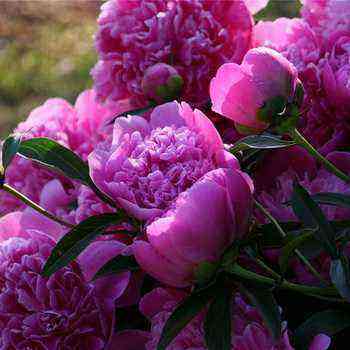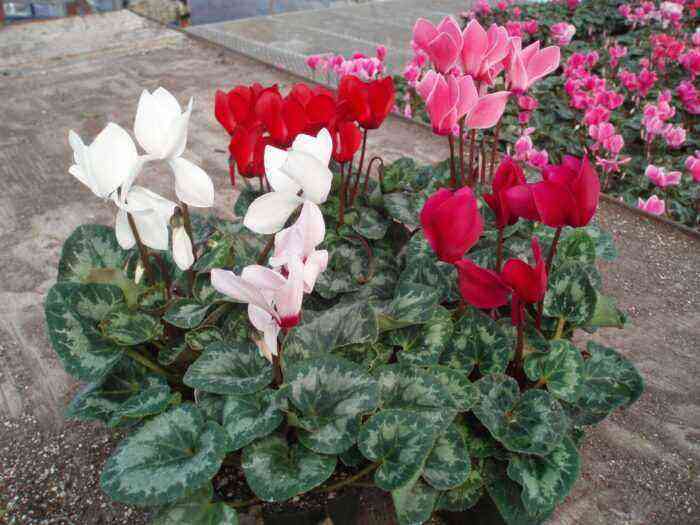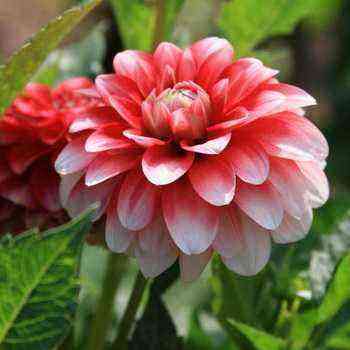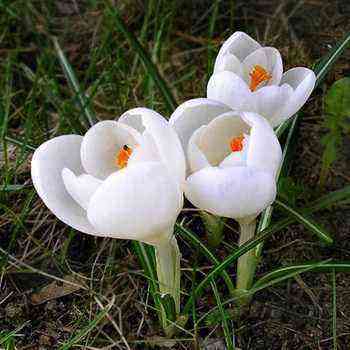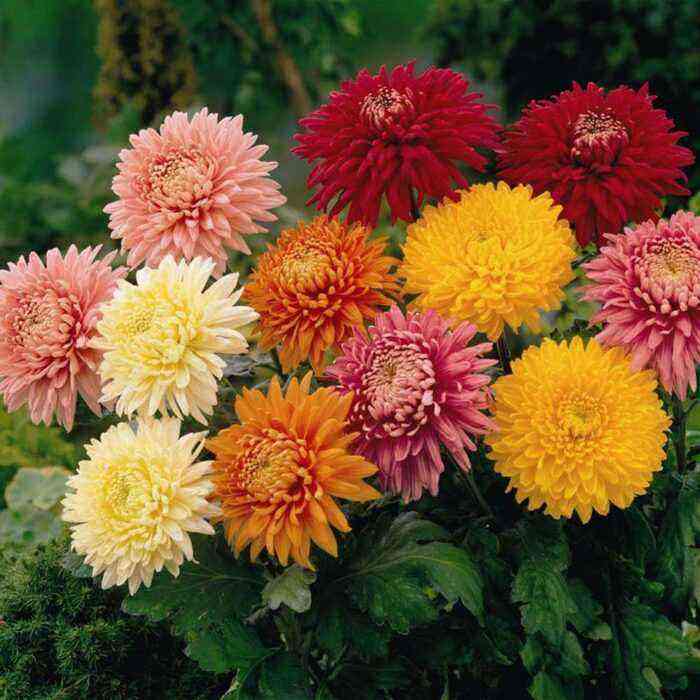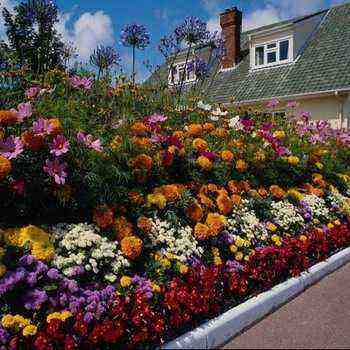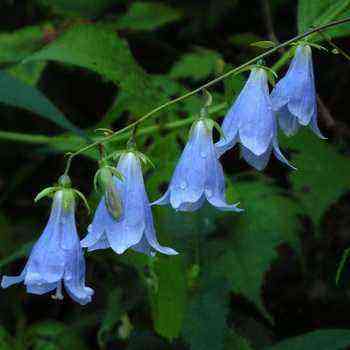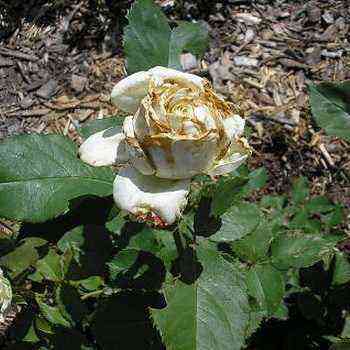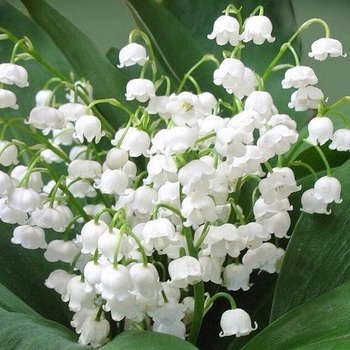
What perennial lilies of the valley look like
On this page you can familiarize yourself with the description of the lily of the valley plant and learn about how to grow it in your summer cottage.
This is a perennial herb with a creeping rhizome, which is underground shoots in the form of white cords, located at a depth of 6-8 cm. They connect far-apart stems to each other, representing, as it were, a powerfully overgrown underground tree.
In spring, 2-3 leaves grow from the buds on the rhizome in the form of a sharp spire. Subsequently, the developing leaves turn dark green, with parallel venation, on long petioles. Flowers – white, bell-shaped, on pedicels curved downward, in a long cluster with 6-20 flowers. The entire plant height reaches 15 cm and rarely 30 cm.
Lily of the valley begins to bloom in May and lasts until June. But flowering can occur not only in May, but in April, June. It all depends on the place of cultivation and weather conditions.
Photos of what lilies of the valley look like are presented below:
Lily of the valley is pollinated by bees and bumblebees. By the end of summer, fruits appear on the plant – bright red berries poisonous to humans. They are readily eaten by birds, but in their stomachs they lie undigested for a long time and do not soon fall into the ground. Thus, birds spread the seeds of lily of the valley over a large area.
How to plant lilies of the valley, growing and caring for flowers

The best soil for lilies of the valley is light with the addition of humus or other organic matter. During the entire growing season, it should be loose and moist. Dry sandy soils, which do not retain water and nutrients, are completely unsuitable for lilies of the valley.
Planting lilies of the valley should be done in spring or early autumn. In culture, they are very unpretentious. The only thing that is needed for abundant flowering is watering. When growing and caring for lilies of the valley, the soil must be constantly moist. The crop can be displaced by weeds and especially wheatgrass, so weeding is necessary.
Plants propagate by segments of rhizomes and seeds. Vegetative propagation is preferred. Sections of rhizomes root easily, grow rapidly, and are a serious competitor to ground cover crops.
Of particular interest is mountain lily of the valley, which is distinguished by high inflorescences (up to 30 cm) and the absence of aggressive growth.
As you can see in the photo, the flowers of this lily of the valley are white and lilac in color:
Lily of the valley is recommended to be planted in clearings among sparsely standing trees or tall shrubs. Lily of the valley is absolutely charming in plantings that give the impression of its natural growth. When using lily of the valley in summer cottages, one should take into account its aggressive nature in the sense of tinning the territory, therefore it is not planted with other flower perennials that will be drowned out by the lily of the valley. Lily of the valley can also decorate a large rock garden.

